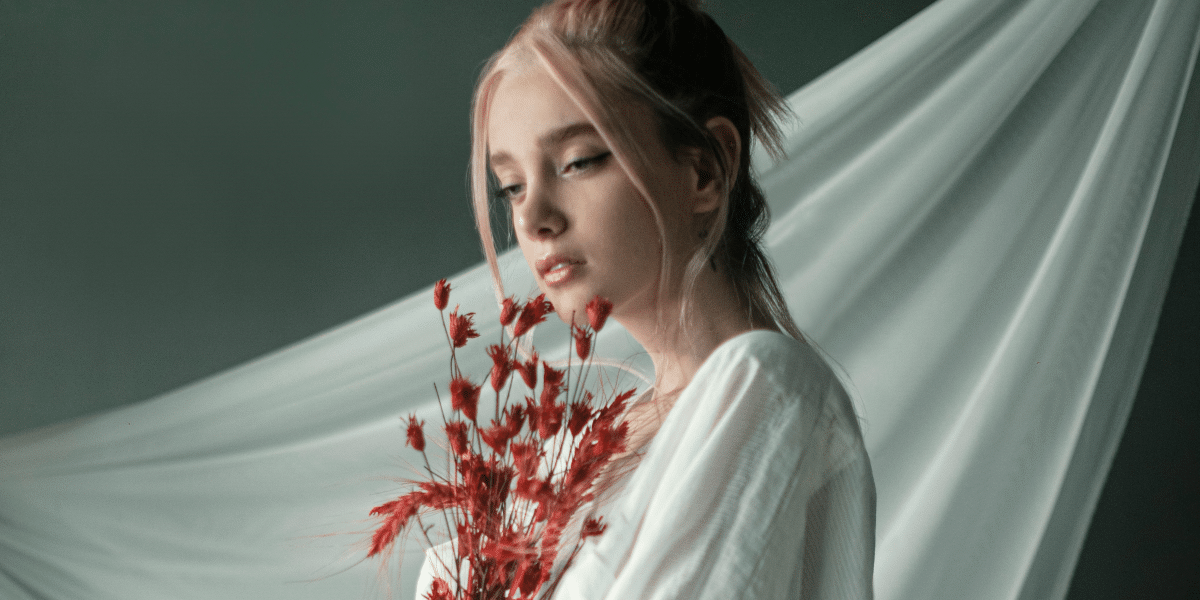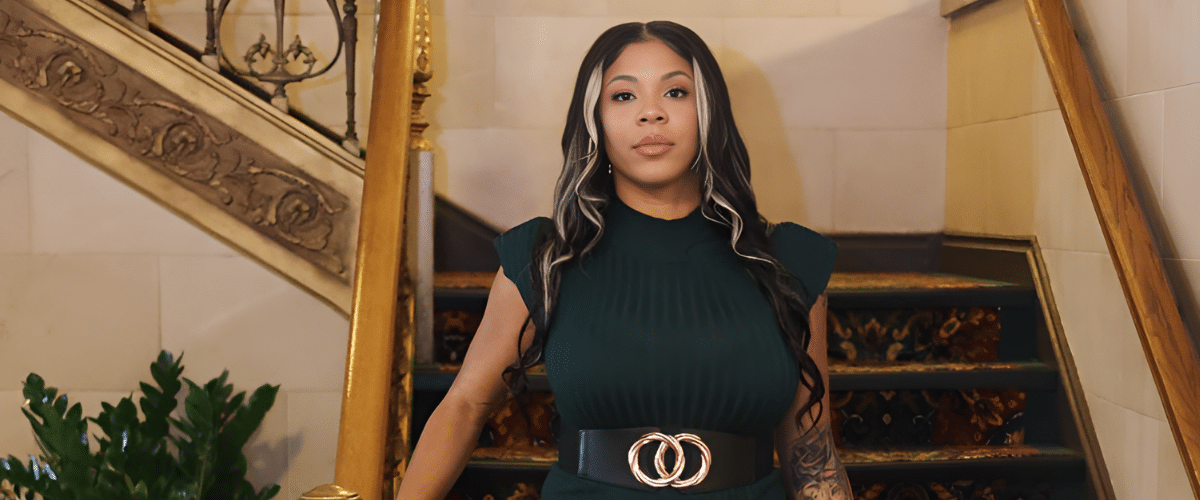The realm of fashion textiles is vast, encompassing everything from luxurious silks to cutting-edge synthetic fibers. However, a growing movement of designers is looking beyond traditional materials and toward a surprising source: real flowers. From preserved blooms reimagined as wearable artworks to innovative biomaterials, this trend pushes the boundaries of fashion and its relationship with the natural world.
One of the most accessible ways designers are incorporating real flowers into fashion is through the use of preserved blooms. Through specialized preservation techniques, delicate flowers can remain vibrant and retain their shape for months or even years. This opens up a realm of creative possibilities, particularly in the world of accessories and adornments.
Preserved floral elements create striking textural contrasts when used alongside traditional fabrics. Imagine a simple white dress with a cascade of preserved roses in a deep, rich hue. Or a minimalist clutch embellished with a single, jewel-like preserved orchid. Jewelry designers are also embracing preserved blooms, encasing them in resin to create one-of-a-kind earrings and pendants with an undeniable connection to the natural world.
The integration of flowers into fashion is moving beyond the purely visual and venturing into the realm of scent and innovative materials. Researchers are experimenting with bioengineering fabrics infused with the natural scents of various flowers. While scented clothing is not a new concept, using the flowers themselves as the source of fragrance adds sustainability and unique nuances impossible to replicate with synthetic perfumes. Imagine a scarf infused with a subtle lavender scent, providing a calming aromatherapy effect with every wear.
In a world increasingly concerned with the environmental impact of the fashion industry, designers are exploring flowers as the basis for new sustainable textiles. While still in its early stages, researchers are developing methods to extract fibers from certain floral waste streams and transform them into compostable fabrics. This approach aims to not only reduce textile waste but create closed-loop systems where materials return safely to the earth at the end of their lifecycle.
While the potential of flower-based fashion materials is tantalizing, several challenges must be addressed. Ensuring the ethical and sustainable sourcing of flowers on a large scale is crucial. Additionally, with bioengineered fabrics or those made directly from flowers, questions of durability, longevity, and garment care still require innovative solutions.
Fashion utilizing real flowers, whether as adornments or as the primary textile, often carries an inherent sense of ephemerality. This transience differs from the fast-fashion model, where garments are designed for short lifespans. Flower-based fashion pieces may naturally change over time—a subtle fading of color, or the delicate crumbling of a dried petal. “This type of fashion encourages a different relationship with our clothing, one where we embrace the beauty of the fleeting moment and the inevitable passage of time,” observes a sustainable fashion researcher.
The use of real flowers in fashion is still a burgeoning trend, yet its potential is undeniable. As technology advances and sustainability concerns become even more pressing, we can expect further innovation at the intersection of nature and fashion design. From bioengineered textiles releasing mood-boosting scents to garments speckled with preserved blooms that tell a personal story, flower-based fashion invites a unique sensory experience and a deeper connection between wearer and the natural world.







